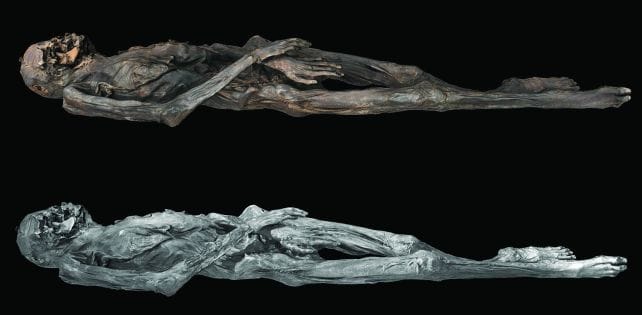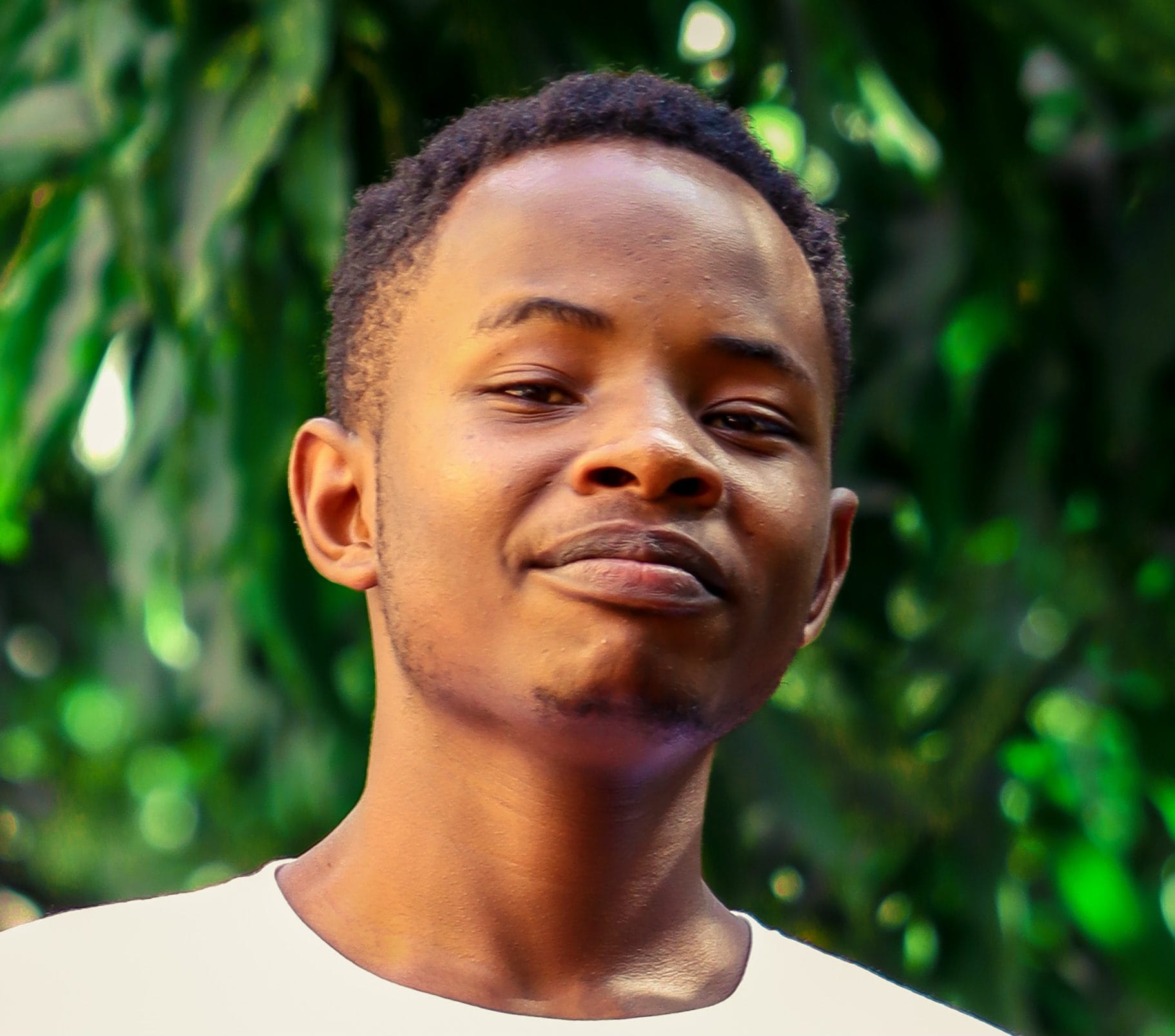Imagine opening a frozen tomb after 2,000 years and finding art etched into human skin. That’s exactly what happened when scientists discovered a richly tattooed woman buried in the Altai Mountains of Siberia. Preserved by permafrost, her hands and forearms still bear striking images that speak across the ages.
To see these tattoos clearly, researchers used advanced infrared photography and laser-stimulated fluorescence. Under these lights, the darkened, hardened skin revealed three-dimensional patterns invisible to the naked eye. Every line and curve came into focus, showing designs more detailed than anyone expected.
Archaeologist Gino Caspari led the team from the Max Planck Institute for Geoanthropology and the University of Bern. He wanted to move past hand-drawn sketches and understand how these tattoos were made. His goal was simple: capture the real marks left by ancient tools on actual skin.
Helping him was Aaron Deter-Wolf and tattoo artist Danny Riday. Over years of practice, Riday recreated historical hand-poking methods to build a “living dictionary” of ink marks. When the researchers compared those test marks with the mummy’s lines, they could name the tools and techniques used.
The tattoos on the woman’s hands are simple yet elegant. A single-point tool created a floral motif on her right palm. Her left hand shows a cross, a fish-like shape, and a tiny bird that looks like a rooster on her thumb. Each stroke is narrow and precise.
Her forearm designs are far bolder. A moose or elk on the left forearm appears to fend off a gryphon-like beast. On the right, two antlered animals lock horns with two tigers and a leopard. First drawn with a comb-like, multi-point tool, the images were then refined with a finer, single-point implement.
These discoveries reveal more than art — they hint at the artists themselves. The contrast between simple hand motifs and elaborate forearm scenes suggests either multiple craftsmen or an artist whose skill grew over time. And because no tattoos overlap, each design was clearly planned and placed with intention.

